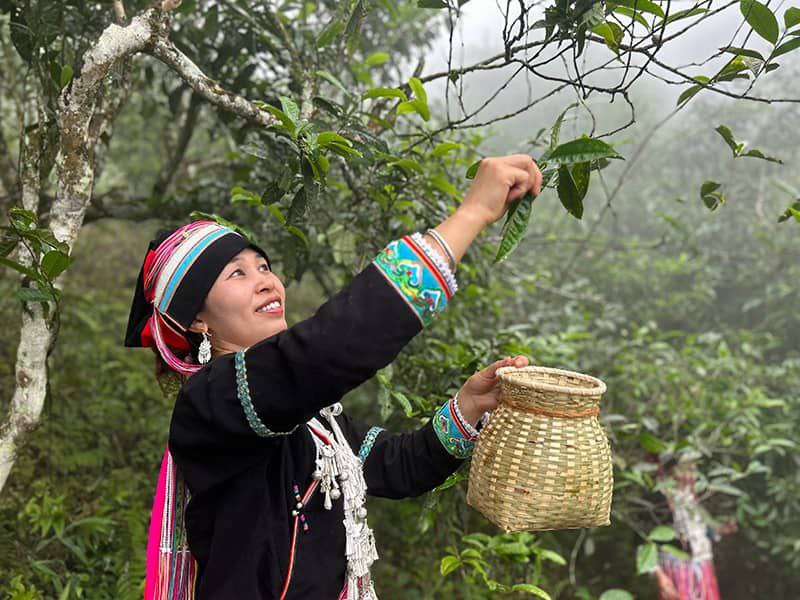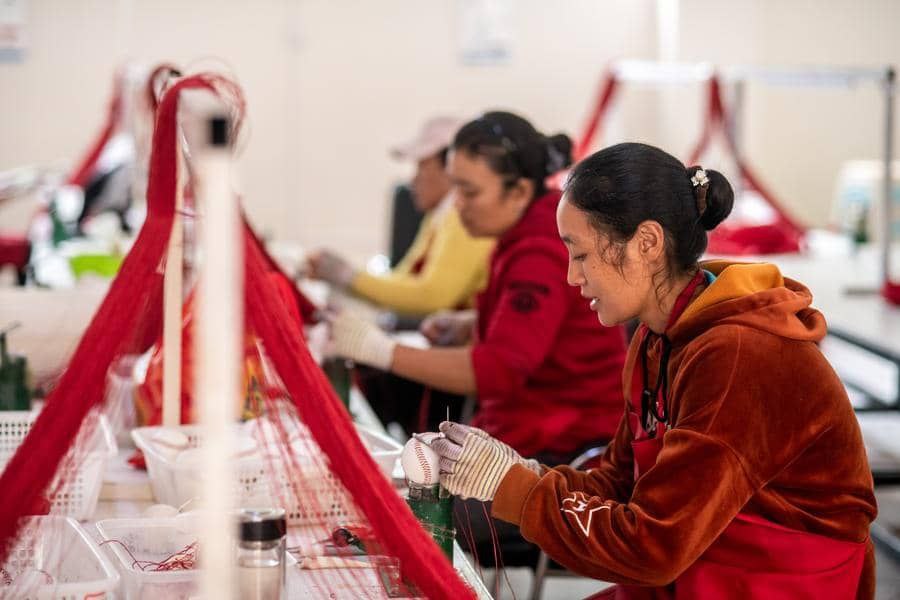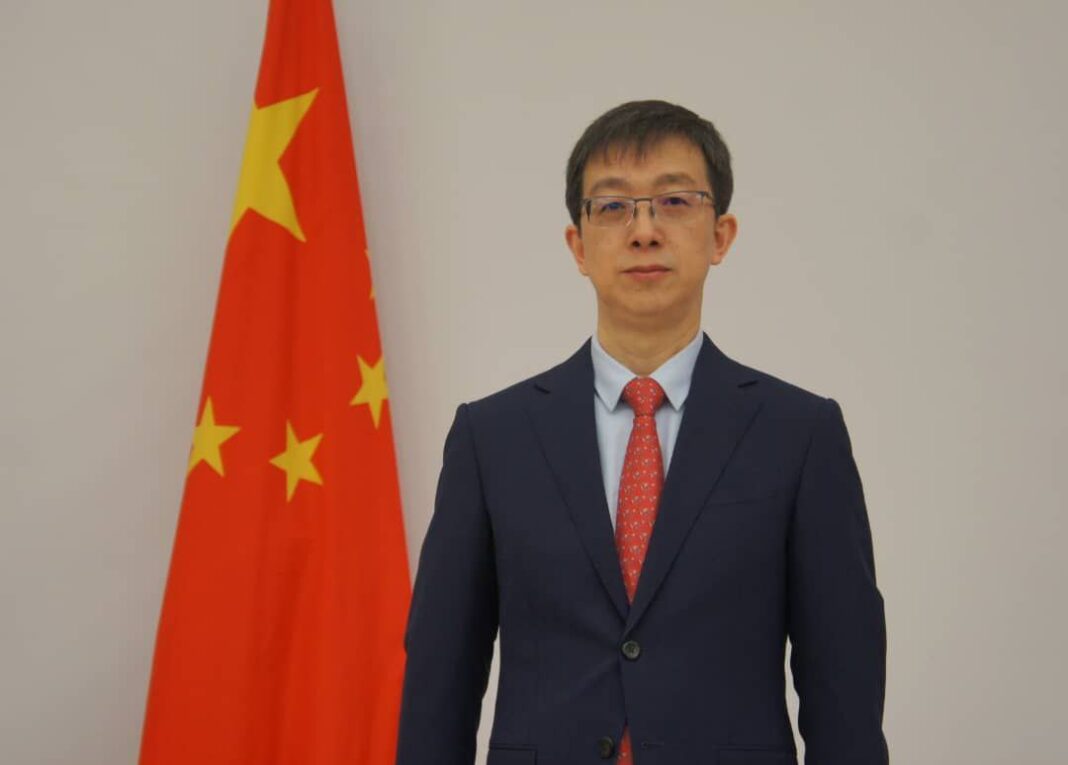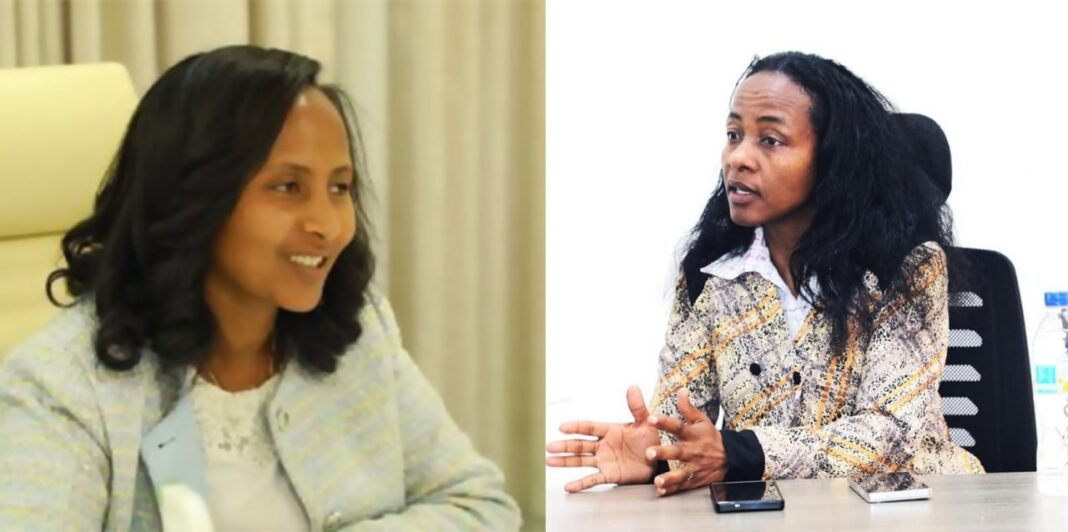China is world-renowned for its tea. Nowadays, the top choice of gift that my colleagues at the Ministry of Foreign Affairs and I present to foreign friends is Ancient Tree Tea from Malipo County, Yunnan Province. Though not widely known, this tea carries a compelling story of China’s fight against poverty with its unique aroma. October 17 marks the International Day for the Eradication of Poverty and China’s National Poverty Alleviation Day. On this special occasion, let us share a cup of fragrant tea and reflect on the achievements and lessons learned from China’s journey out of poverty.
From the launch of Reform and Opening Up in 1978 to the year of 2021, China lifted more than 800 million people out of poverty in just four decades — contributing over 70% of the global poverty reduction during that time, and achieving the largest-scale poverty alleviation effort in human history. After declaring the complete eradication of absolute poverty in 2021, China set a five-year transitional period. As this period draws to a close, we can confidently announce that China has successfully prevented any large-scale return to poverty and eliminated the risk of people falling back into hardship.
The scale, speed, and resilience of China’s poverty reduction have astonished the world, creating a historic miracle in global development. Behind this success is a proven and effective “China approach” to poverty alleviation:

Strong Leadership
Poverty alleviation was led under the unified leadership of the Communist Party of China, ensuring long-term policy continuity. From central to local levels, roles were clearly defined and responsibilities assigned to specific individuals, maximizing leadership, organizational capacity, and implementation strength. As UN Secretary-General António Guterres noted, China’s experience shows the importance of political commitment at all levels of government and policy stability to improve the conditions of the poorest and most vulnerable.
Addressing People’s Urgent Needs
China’s efforts have always been guided by a people-centered development philosophy. It fully achieved the goals of “Two Assurances and Three Guarantees” — ensuring that the poor are not worried about food and clothing, and have guaranteed access to compulsory education, basic medical services, and safe housing. Priority was placed on solving the most pressing and immediate issues of concern to poor communities, significantly enhancing their sense of gain and happiness.
Targeted Poverty Alleviation Strategy
China followed the principles of identifying the truly poor, providing real assistance, and achieving genuine results. This meant precise management of poverty-stricken individuals, targeted allocation of resources, and tailored support measures. Development was seen as the ultimate solution to poverty, shifting the focus from providing temporary relief (“blood transfusion”) to empowering self-sustaining growth (“blood production”).
Mobilizing the Whole of Society
China promoted partnerships between developed and underdeveloped regions, encouraging the flow of talent, capital, and technology to impoverished areas. Central government departments and state-owned enterprises were tasked with designated support for specific counties. It was through this mechanism that my colleagues and I came to know the Ancient Tree Tea of Malipo. Since 1992, the Ministry of Foreign Affairs has provided targeted assistance to Jinping and Malipo, two border counties in Yunnan Province, helping to establish industries such as ancient tea trees, ginseng fruit, passionfruit, and traditional Chinese medicine — lifting the local economy and residents out of poverty.

By eradicating absolute poverty across a nation that accounts for nearly one-fifth of the world’s population, China met the UN 2030 Sustainable Development Goal on poverty reduction ten years ahead of schedule. This is a monumental contribution to global poverty alleviation and human development.
It sends a powerful and clear message to partners across the Global South: poverty is not destiny, while it can be defeated. As President Xi Jinping put it: “If China can succeed, so can other developing countries.” China has provided a reference model — one that is replicable and adaptable — for the world’s poverty reduction efforts, while also demonstrating the diversity of development paths.
China supports African countries in identifying poverty reduction strategies suited to their own conditions. For years, China has actively assisted African countries through agricultural aid, educational training, and healthcare cooperation, helping to build self-sustaining development capacities. From hybrid rice and agricultural machinery to solar projects and clean water infrastructure, China has provided practical and sustainable solutions across the continent.
Looking ahead, China will continue to share its experiences, deepen cooperation with African countries, and jointly explore more signature industries — like Ancient Tree Tea — to further advance the cause of global poverty alleviation.
Ambassador JIANG Feng is the Ambassador of China to the African Union






